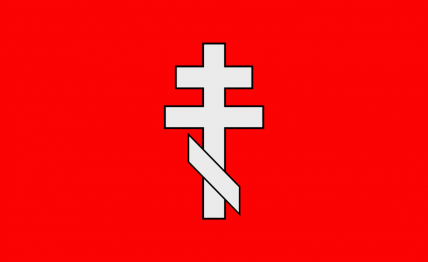Marching Forward RP - IC

Blank map, as per the beginning of the rp.
A world comes into view. It's from a different place in space and time, it is our job to conjure it into further existence. As it comes into view, this world has entered an Equivalent Earth Time (EET) of 1560 CE.
Discord





